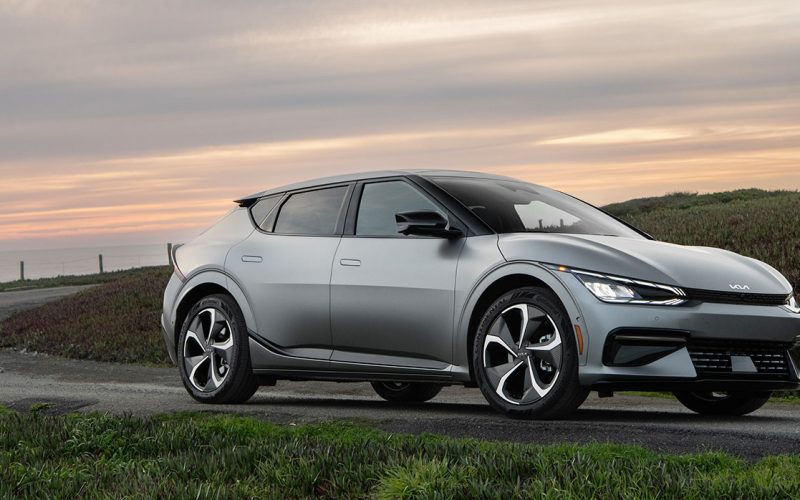
Reading Time: 5 minutesTo say the electrical vehicle market is heating up would be an understatement of monumental proportions.
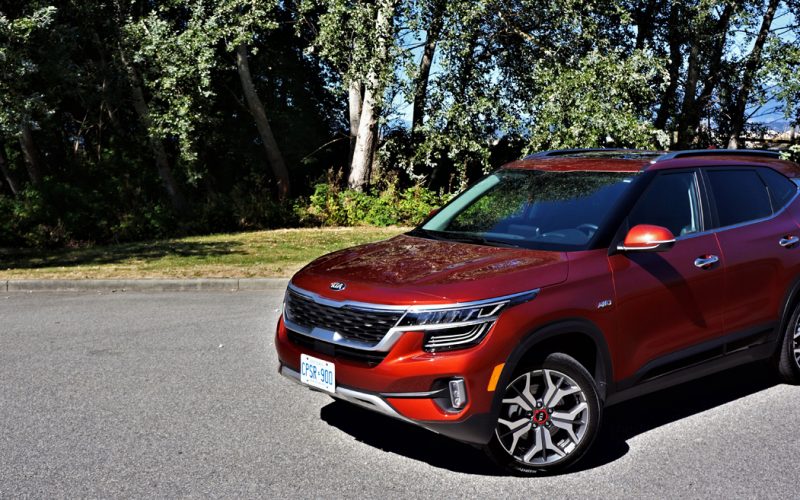
Reading Time: 13 minutesTwo weeks of living with two trims of Kia’s latest Seltos, and it’s now easy for
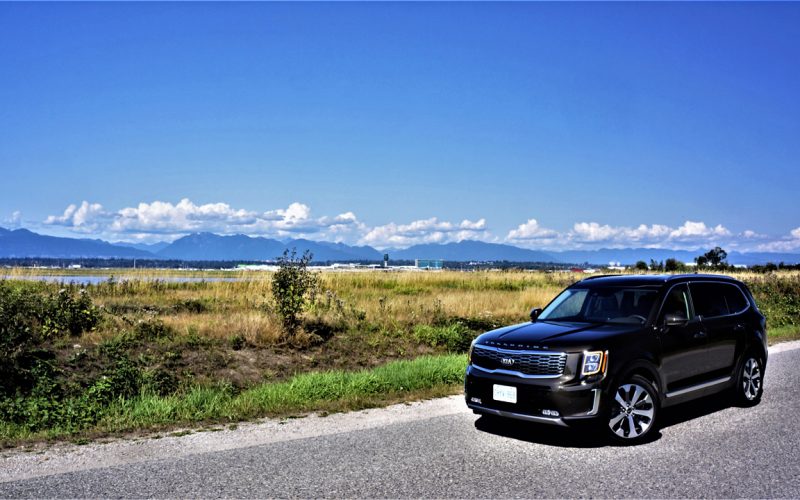
Reading Time: 14 minutesComparisons between Kia’s Telluride and Hyundai’s Palisade are starting to sound a lot like folks my
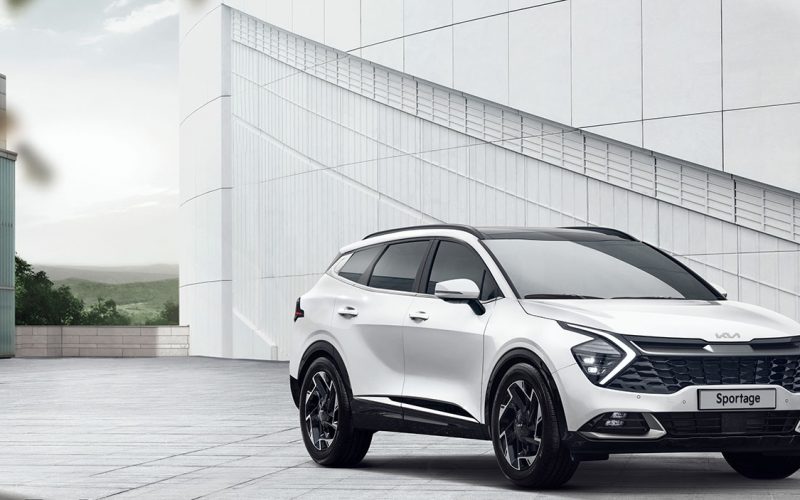
Reading Time: 6 minutesKia has gone from a lineup of smooth, sleek cars and utilities, to embracing an edgier,
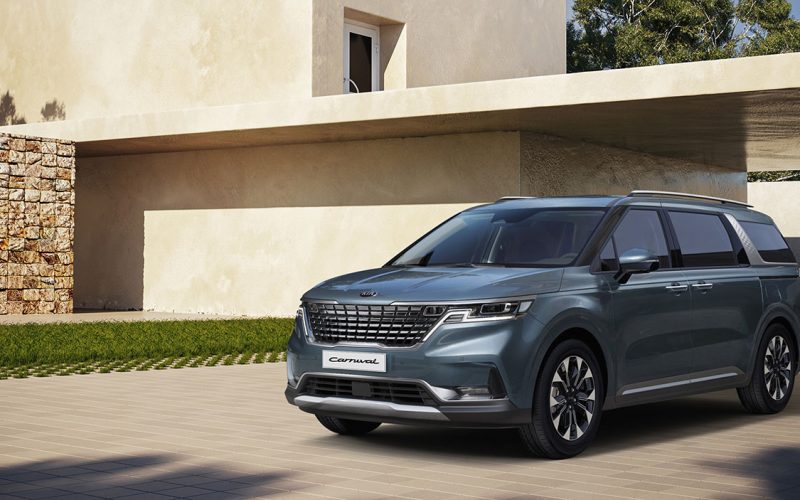
Reading Time: 5 minutesWould you rather ride around in a Carnival or a Sedona? While a Carnival sounds like
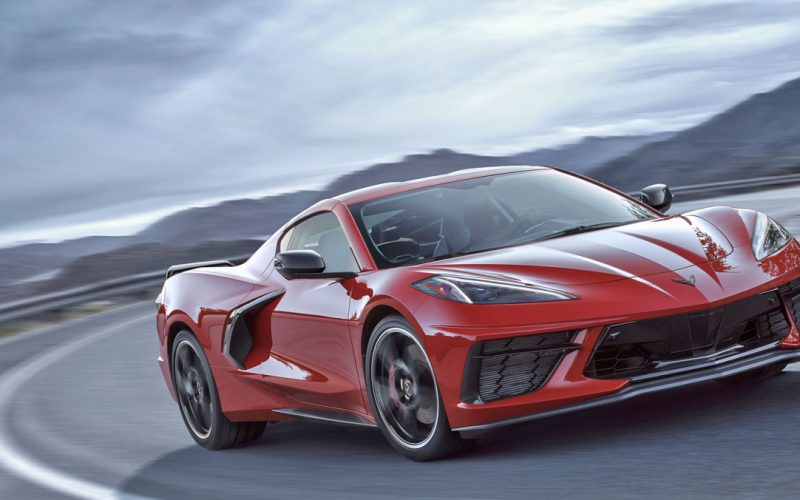
Reading Time: 4 minutesGuessing which vehicles will take home the annual North American Car, Utility and Truck of the
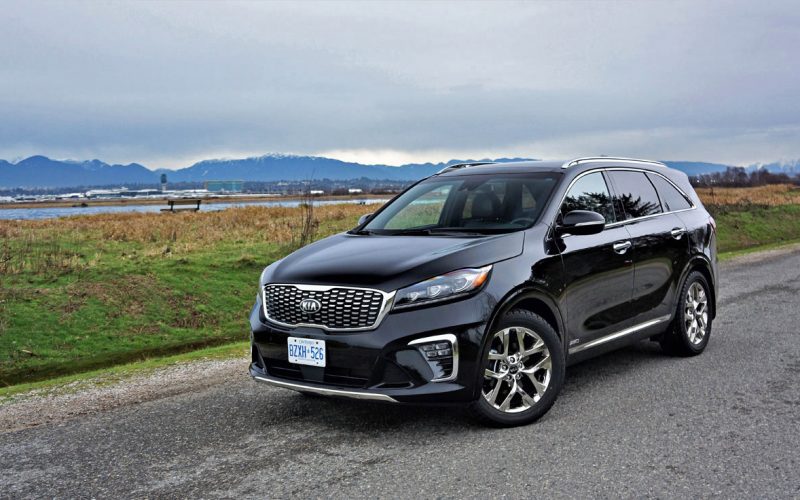
Reading Time: 14 minutesBack when first driving a 2016 Sorento, I found myself reveling in its sumptuous supply of
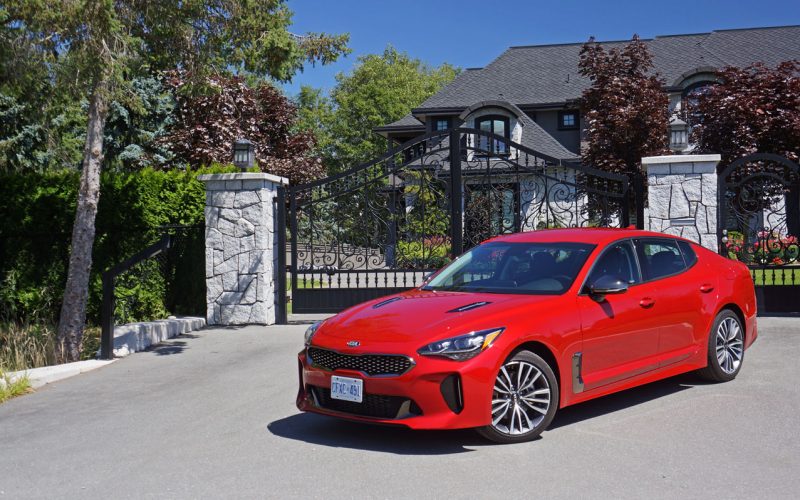
Reading Time: 10 minutesIt seems every time I’ve had opportunity to get behind the wheel of Kia’s new Stinger
© 2025 The Car Magazine. All Rights Reserved, Privacy Policy | Terms of Use